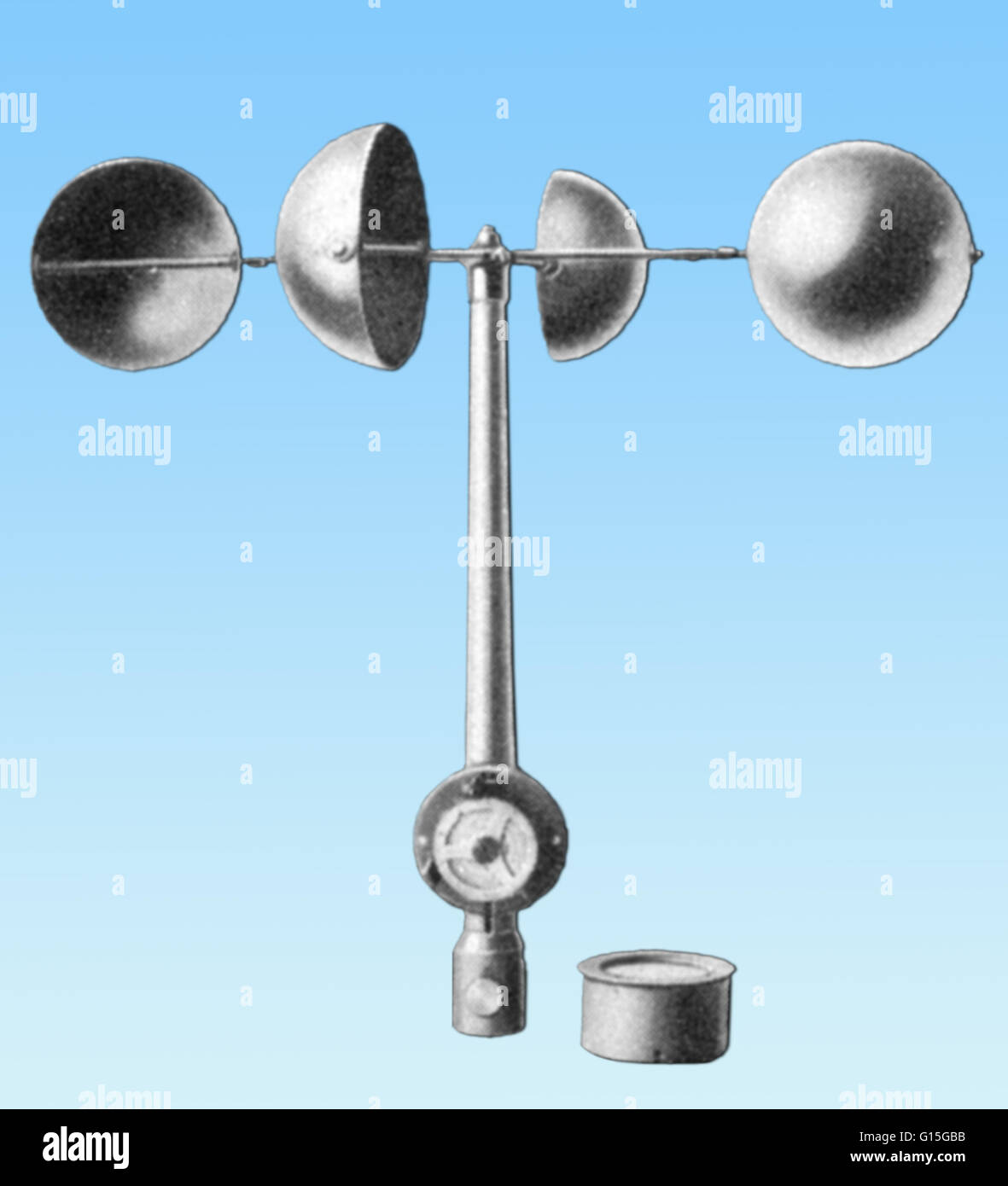Exploring the Functions and Advantages of Anemometers for Climate Fanatics and Professionals
Anemometers stand as crucial tools in the realm of climate monitoring, satisfying both lovers and seasoned professionals alike. These devices supply a window right into the vibrant globe of wind patterns and rates, giving important data for atmospheric analysis and forecasting. From mug anemometers to sonic anemometers, each kind brings its one-of-a-kind set of applications and benefits, dropping light on different elements of weather. As we explore the features and benefits of anemometers, a deeper understanding emerges not only of dominating weather sensations yet additionally of the wider effects for fields like wind energy manufacturing and environmental research.
Value of Anemometers in Climate Tracking
Anemometers play a critical function in climate tracking by providing exact measurements of wind speed, aiding in forecasting and understanding weather condition patterns. These instruments, varying from conventional cup anemometers to modern-day ultrasonic anemometers, are crucial for meteorologists, scientists, and weather lovers alike.

Sorts Of Anemometers and Their Applications
With the important duty anemometers play in weather condition surveillance and projecting, understanding the numerous kinds of these tools and their applications comes to be important for professionals and lovers in the field. One of the most typical kinds of anemometers include cup anemometers, vane anemometers, hot-wire anemometers, and ultrasonic anemometers. Mug anemometers are composed of 3 or four cups mounted on straight arms that rotate with the wind, gauging its speed. Vane anemometers, on the various other hand, make use of an openly revolving vane to align with the wind direction, providing both wind speed and direction measurements. Hot-wire anemometers run based upon the concept of convective warmth transfer, where the cooling effect of the air flow is determined to identify wind speed. Ultrasonic anemometers make use of ultrasonic acoustic wave to compute wind speed and direction properly.
Cup anemometers are robust and suitable for basic weather surveillance, while vane anemometers are preferred for directional dimensions. Ultrasonic anemometers are non-intrusive and offer high precision, typically used in research and specialized weather tracking applications.
Advantages of Using Anemometers in Projecting
In meteorology, the utilization of anemometers provides indispensable advantages for boosting the accuracy of climate projecting. Anemometers measure wind speed and direction, offering critical data for forecasting weather patterns. By integrating wind data into forecasting versions, meteorologists can much better recognize the movement of weather systems, prepare for modifications in climatic problems, and problem extra exact forecasts.
Furthermore, anemometers play an essential role in assessing possible climate risks. Monitoring wind rates assists forecasters forecast serious weather events such as hurricanes, tornadoes, and winter storms with higher precision. This very early caution system allows authorities to release prompt alerts and carry out necessary safety and security measures, decreasing the dangers to life and property.
In addition, anemometers assist in maximizing renewable resource manufacturing. By assessing wind patterns, meteorologists can recognize ideal places for wind next page farms and predict energy result, contributing to the effective generation of wind power.

Anemometers in Wind Power Manufacturing
Given the essential duty anemometers play in supplying precise wind data for weather forecasting and risk analysis, their importance reaches the world of wind power production. Anemometers are crucial tools in the area of wind power, where the dimension of wind rate and direction is important for identifying the expediency and effectiveness of wind turbine setups. By properly gauging wind rates at differing heights, anemometers aid maximize the placement and style of wind turbines to maximize energy outcome.
In wind ranches, anemometers are tactically placed to accumulate real-time wind information that is utilized to evaluate the potential power manufacturing of a site. This data contributes in identifying the economic viability of wind power tasks and in forecasting power generation to guarantee grid security. In addition, anemometers help in keeping an eye on wind conditions to maximize generator performance, stop damages from high winds, and guarantee the safety and security of employees operating in the area of wind generators.
Enhancing Weather Condition Recognizing With Anemometers

Anemometers play an essential duty in improving our understanding of microclimates. These localized climate conditions can vary considerably from broader local projections, making it important to have precise information for particular locations. anemometer. By purposefully placing anemometers in different areas, researchers can collect in-depth details on exactly how wind behaves in various surfaces, metropolitan settings, or bodies of water
Additionally, anemometers contribute to boosting climate forecasting versions by supplying real-time data on wind habits. This information is especially useful for anticipating severe weather occasions, enhancing agricultural techniques, and supporting markets Bonuses like aeronautics and maritime navigating. On the whole, anemometers are invaluable instruments that enable us to dig much deeper right into the intricacies of weather systems, ultimately leading to more accurate forecasts and better-informed choices.
Final Thought
In verdict, anemometers play a vital role in weather condition monitoring and forecasting by measuring wind rate and direction. Anemometers also have applications in wind power manufacturing, more highlighting their value in both weather forecasting and sustainable energy fields.
From mug anemometers to sonic anemometers, each kind brings its one-of-a-kind set of applications and benefits, shedding light on try this web-site different facets of atmospheric conditions. These instruments, varying from typical cup anemometers to modern ultrasonic anemometers, are important for meteorologists, researchers, and climate fanatics alike. The most usual types of anemometers include cup anemometers, vane anemometers, hot-wire anemometers, and ultrasonic anemometers. Mug anemometers are robust and appropriate for general climate surveillance, while vane anemometers are favored for directional measurements. Anemometers are crucial instruments in the field of wind power, where the measurement of wind speed and instructions is important for establishing the feasibility and efficiency of wind generator installations.